The NVIDIA SHIELD Tablet Review
by Joshua Ho on July 29, 2014 9:00 AM EST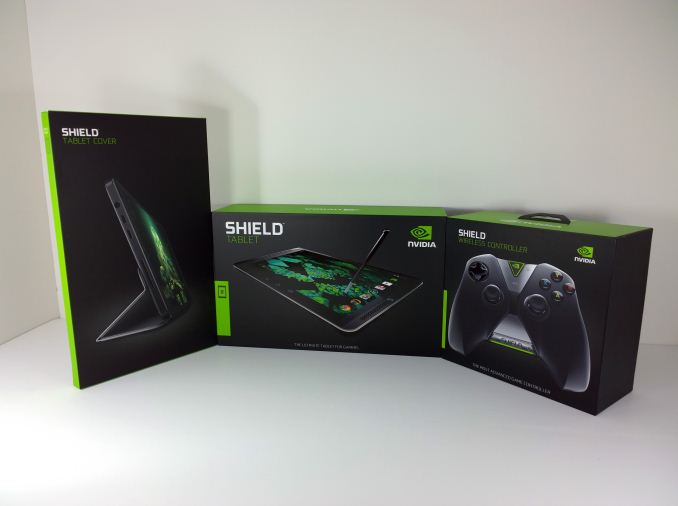
As I discussed in our launch article last week, the Shield tablet is very much the culmination of lessons learned from 2013. While the Tegra Note 7 was a decent tablet, it had to eke out a profit through hardware sales against competition that was willing to sell their tablets with no profit on hardware. Meanwhile the Shield portable was a good portable gaming device, but it was far too specialized to be anything but a gaming device. Without an established gaming ecosystem, NVIDIA struggled against established competitors.
As a result of these influences, today NVIDIA is becoming the first OEM to launch a serious gaming tablet running Android. While gaming tablets have been done before, they’ve been few and far between. Now it has always been technically possible to take a high end tablet and make it usable for gaming, but for the most part these attempts are marred by either the need for root or an application that requires extensive work on the part of the user to create proper control profiles for each game. In addition, the SoC in the tablet is often underequipped for intensive 3D gaming.
That’s where the Shield tablet comes in. With Tegra K1, a dedicated controller, 2x2 WiFi, and a huge amount of custom software, there’s definitely a lot of ground to cover. Once again, while the Shield tablet is a gaming device, it must also be a good tablet. To that end, NVIDIA has tried to differentiate this tablet with DirectStylus 2 and dual front facing speakers/bass reflex ports. I’ve included a table of specifications below to give a general idea of what the tablet is like.
| NVIDIA Shield Tablet | |
| SoC | Tegra K1 (2.2 GHz 4x Cortex A15r3, Kepler 1 SMX GPU) |
| RAM/NAND | 2 GB DDR3L-1866, 16/32GB NAND + microSD |
| Display | 8” 1920x1200 IPS LCD |
| Network | N/A or 2G / 3G / 4G LTE (NVIDIA Icera i500 UE Category 3/4 LTE) |
| Dimensions | 221 x 126 x 9.2mm, 390 grams |
| Camera | 5MP rear camera, 1.4 µm pixels, 1/4" CMOS size. 5MP FFC |
| Battery | 5197 mAh, 3.8V chemistry (19.75 Whr) |
| OS | Android 4.4.2 |
| Connectivity | 2x2 802.11a/b/g/n + BT 4.0, USB2.0, GPS/GLONASS, mini HDMI 1.4a |
| SIM Size | None or MicroSIM |
| Price | $299 or $399 (16GB/WiFi or 32GB/LTE) + $59 (optional controller) |
Hardware
Outside of the basic specs, the tablet itself has a much more subtle industrial and material design. While the large speaker grilles are maintained from the Tegra Note 7, the dimpled look and feel is gone. Instead, the finish is very much reminiscent of the Nexus 5. The feel isn’t quite rubbery the way soft touch finishes tend to be. Instead, it feels more like a high grain matte polycarbonate. Along the sides, there’s a noticeable chamfered edge where the back cover meets the display, although in practice this mostly affects aesthetics rather than in hand feel. The flip cover that is designed for the device is almost identical to the one in the Tegra Note 7, and folds up similarly. As with the Tegra Note 7, there are two angles that the flip cover can take. Overall, the aesthetic is much more subtle than the Tegra Note 7, and looks quite similar to the Nexus 7 (2013).
While it’s important for the tablet portion of the device to have decent material and industrial design, ergonomics and material design are critical for the controller. While the Shield portable had great ergonomics, it was heavy because the entire device had to fit in the controller. With Shield Tablet, that’s no longer the case. The result is that the controller is significantly lighter. While it still has some heft to it, I no longer feel the need to rest my hands against a table after significant playtime.
The controller itself is just as good as the one on the Shield Portable. The buttons, triggers, bumpers, and joysticks are all very close in feel. The one big difference are the tablet/Android controls. Instead of physical buttons, they’ve replaced the physical buttons with capacitive ones. The volume controls have also been moved down to the bottom of the controller and changed from a single button that triggers on-display volume controls to a rocker that allows direct manipulation of volume. Just above the volume rocker is a clickpad, which can be used to move a cursor through the UI. While this option exists, it’s a bit unpolished as the sensitivity isn’t tuned quite right to quickly navigate through the tablet.
Of course, there’s more to the controller than just the buttons and controls. NVIDIA has made sure to do things right by using WiFi Direct for communicating between the controller and the tablet. The frequency used depends upon what access point the tablet is connected to, so it can switch between 2.4 GHz and 5 GHz as necessary. NVIDIA claims that using WiFi Direct instead of Bluetooth drops latency by half, and also allows for microphone input and sound output via 3.5mm jack through the controller. In practice, the controller works great. I don’t have any complaints about this at all. Pairing is as simple as pressing and holding on the NVIDIA logo for a few seconds, then opening the pairing application. Up to four controllers can be paired to the tablet this way, which introduces interesting possibilities for local multiplayer games such as Trine 2. I also didn’t notice a difference in response time of the wireless controller when compared to the wired controller of Shield Portable. It’s incredibly important to get the controller right for gaming devices, and NVIDIA has nailed it. Overall, I’m happy with the basic hardware for both the controller and tablet. While it would be interesting to see a metal unibody design on the tablet, it’s difficult to justify at the price point that this device has to hit.
Of course, while hardware is important, software makes or breaks this tablet, so that’s next.


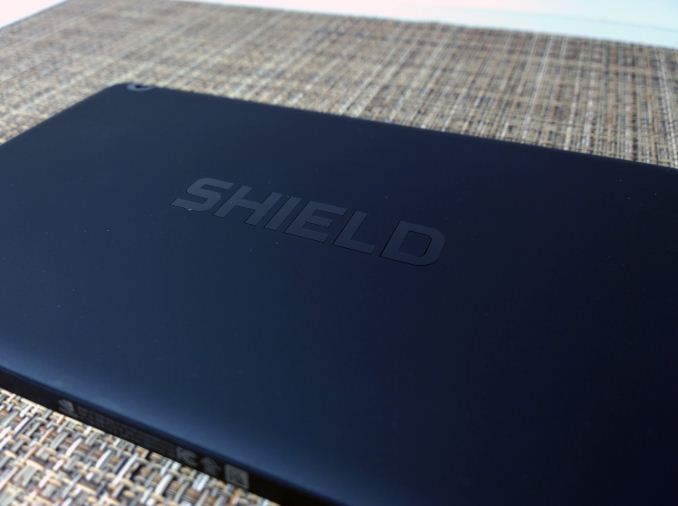
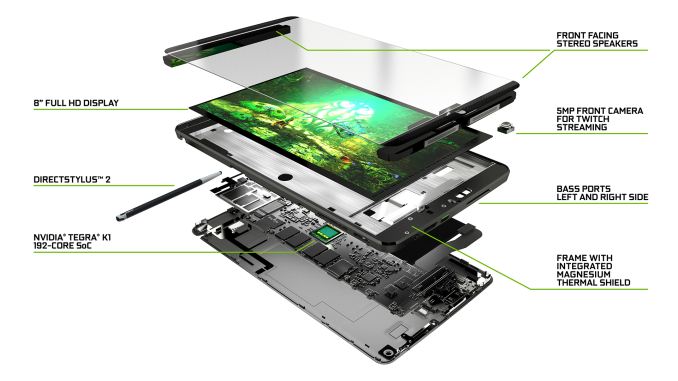
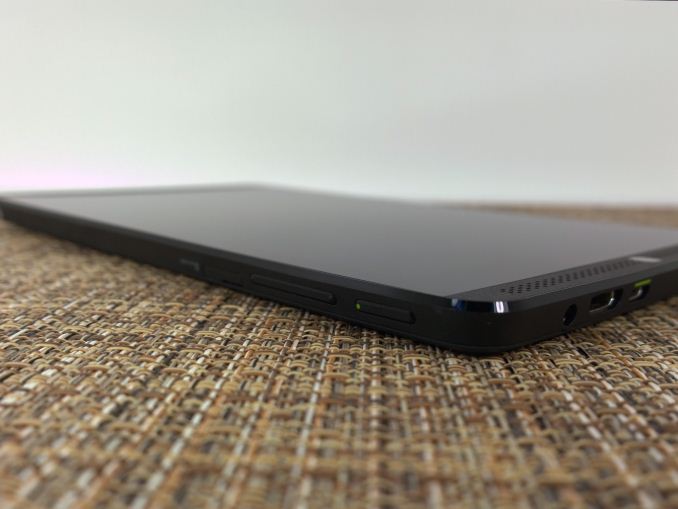
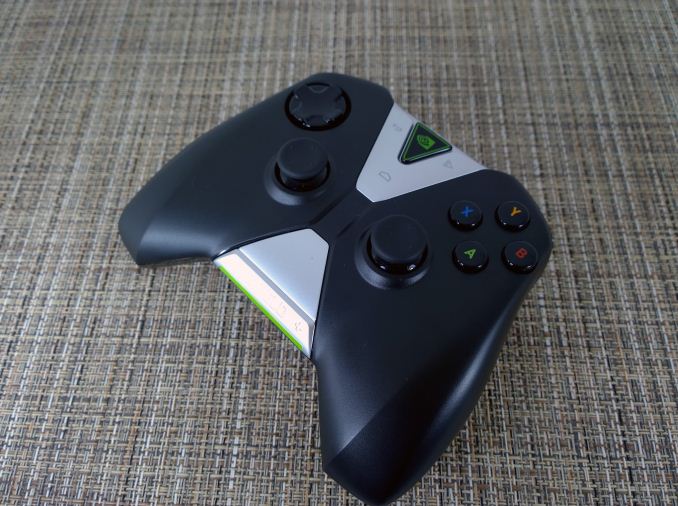








174 Comments
View All Comments
surbringer - Tuesday, July 29, 2014 - link
Have you tried to run PPSSPP on it ?kyuu - Wednesday, July 30, 2014 - link
I can run PPSSPP on my Venue 8 Pro, and the K1 in this tablet is certainly much more powerful GPU-wise than Bay Trail. Shouldn't be an issue.Johnny_k - Tuesday, July 29, 2014 - link
Correction: you now can use Gamestream outside your house, (even over lte on the lte tablet version)Remotely access your PC to play your games away from your home.
http://shield.nvidia.com/play-pc-games/
Note that it is in beta
RoninX - Tuesday, July 29, 2014 - link
I'd love to see Anandtech do a real-world test on how well Gamestream works with the Shield outside the home.chizow - Tuesday, July 29, 2014 - link
Yes, unfortunate AT did not cover this at all, as I also recently found out GameStream remote was in beta. This is really the killer-app for Shield until Android gaming takes off (if it ever does). I would consider buying one of these if Remote GameStream worked decently well, but I'll probably hold off on either a Shield Portable 2 (with TK1) or a good GeForce bundle with Maxwell.ams23 - Tuesday, July 29, 2014 - link
I am impressed that Shield tablet has even higher graphics performance in GFXBench 3.0 T-Rex HD Offscreen than the actively cooled Surface Pro 2 and Surface Pro 3: http://images.anandtech.com/graphs/graph8296/65868...Note that thermal throttling behavior on Shield tablet is extremely good. There was virtually no throttling until after 115 runs (!) with the GFXBench 3.0 T-Rex HD benchmark: http://images.anandtech.com/doci/8296/TRexRunDownG...
I suspect that the 3dmark Unlimited scores are CPU-limited to some extent. Shield tablet already achieves > 200 fps on game test 1 and > 100 fps on game test 2, so this particular test is not very stressful (relatively speaking) for this GPU.
The web browsing battery life is pretty good all things considered, especially compared to iPad Mini Retina and iPad Air (which have 23% and 64% more battery capacity, respectively than Shield tablet). The Shield tablet has CPU and browser performance that is at least 2x faster than Nexus 7 2013 variant, so the web browsing efficiency is actually quite good in comparison.
UpSpin - Wednesday, July 30, 2014 - link
agreed, those results are impressive and a huge step forward, for both NVidia and all the others.Considering that the Shield uses the ancient quad core 32-bit Cortex A15 variant of the Tegra K1 and NVidia also has a custom dual core 64-bit variant of the K1 I think we can expect a further CPU boost once this 64-bit SoC reaches customers.
jospoortvliet - Thursday, July 31, 2014 - link
The A15r3 is not exactly ancient but I agree that Denver is something to look forward to 😎Anonymous Blowhard - Tuesday, July 29, 2014 - link
>Games like Saints Row 3 played as if running on a consoleSo, 720p30, Low Detail? ;)
Death666Angel - Tuesday, July 29, 2014 - link
Zing! :D